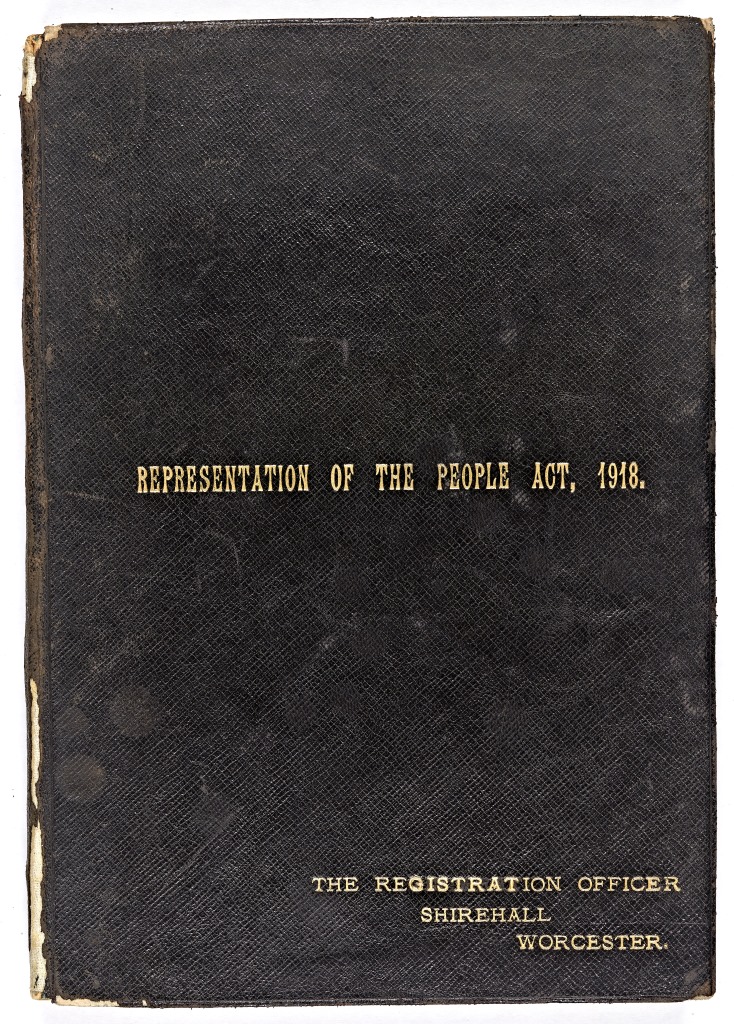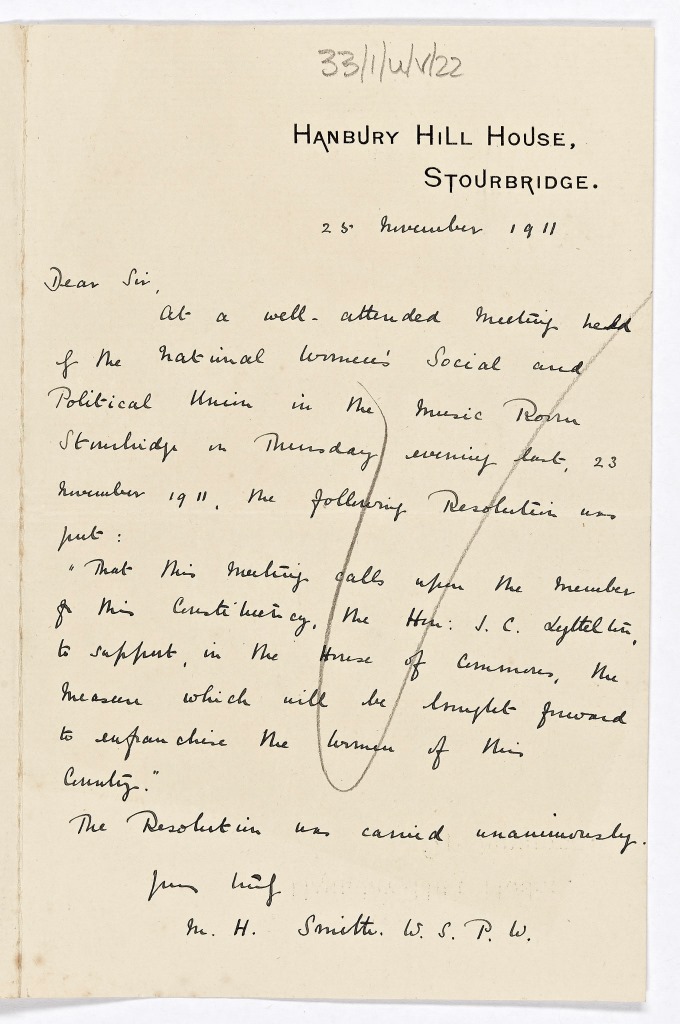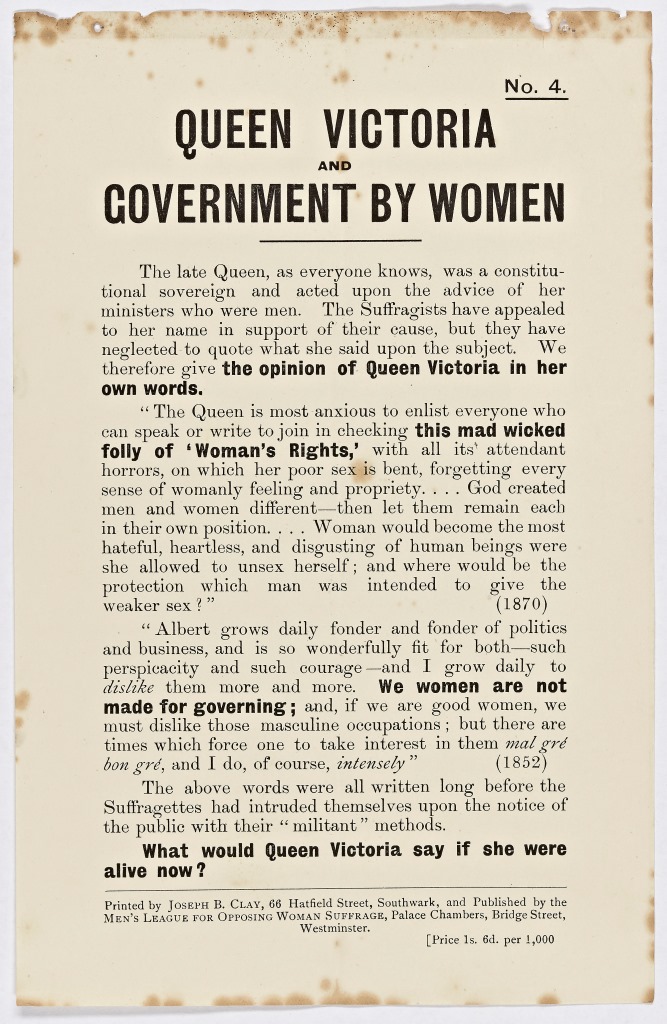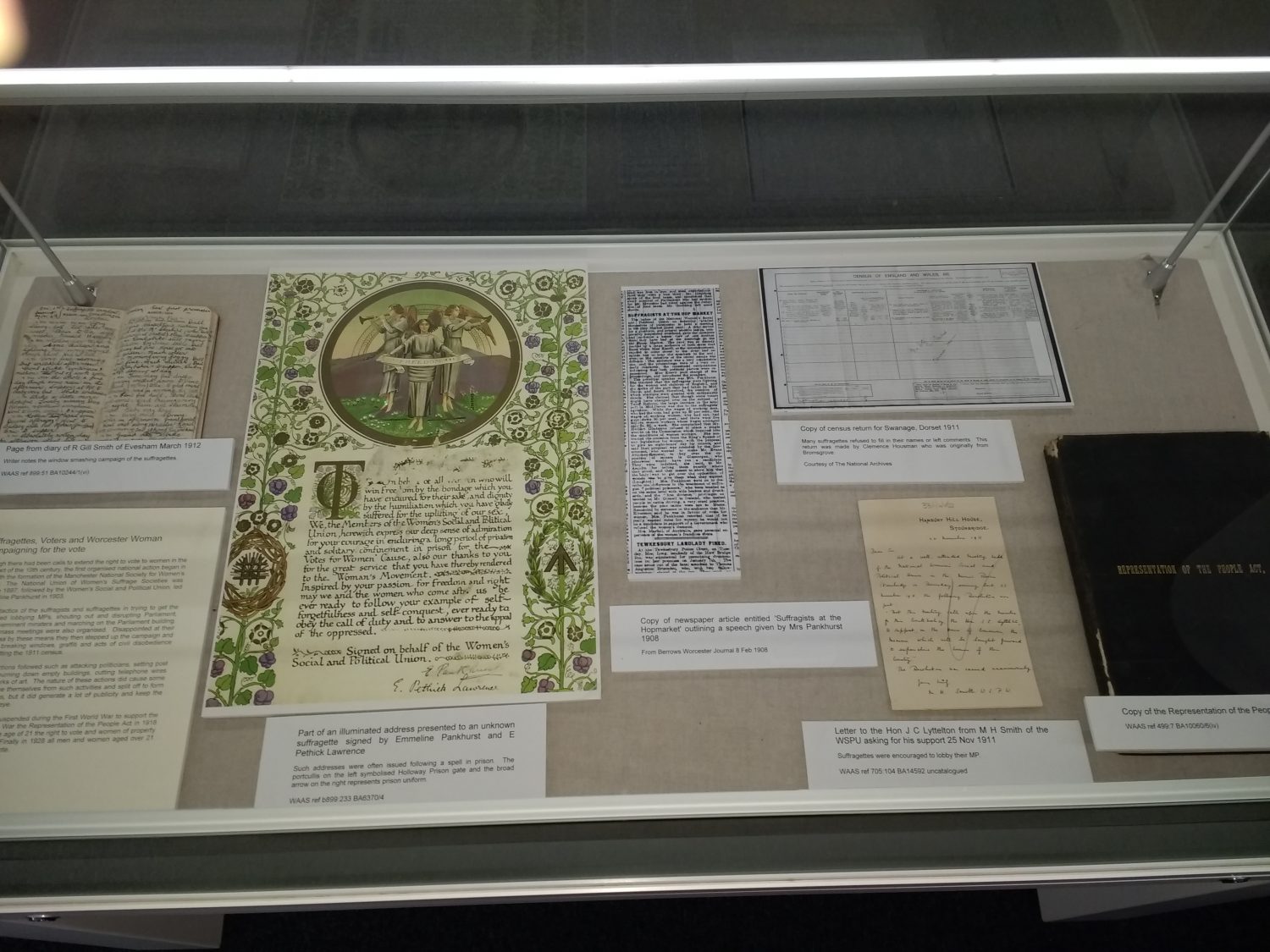Suffrage 100
- 6th February 2018
Having the right to vote is something we often take as read. But this was not always the case. One significant step on the road to extending the right to vote took place one hundred years ago when the Representation of the People Act 1918 gave women over 30 and men over 21 the right to vote. Up until the 19th century voting had been limited to a small portion of the male population. Some reforms in the mid-19th century increased the number of male voters, but still left many men and all women without a vote.
 Copy of Representation of the People Act 1918
Suffragist or suffragette? Although there had been calls to extend the right to vote to women in the early part of the 19th century, the first organised national action began in 1866 with the formation of the Manchester National Society for Women’s Suffrage. Many of the early campaigners called themselves suffragists and employed tactics such as lobbing MPs, issuing leaflets, presenting petitions and organising meetings.  Letter from M H Smith of the WSPU lobbing her MP for support 1911 The suffragists made some progress, but no political party was prepared to adopt female suffrage as a policy. The lack of progress disappointed and annoyed many female suffragists and they felt the movement needed to take more direct action to succeed. Mrs Emmeline Pankhurst founded the Women’s Social and Political Union (WSPU) in 1903 and they began to step up the campaign a notch disrupting political meetings, chaining themselves to railings, breaking windows, acts of graffiti and getting themselves arrested, all of which garnered much publicity for their cause. Some of these actions involved Worcestershire born suffragettes such as Elsie and Mary Howey and Florence Feek. These more militant suffragists were known as ‘suffragettes’.  Newspaper article detailing the arrest of suffragettes including the Howeys 1908
|



Post a Comment